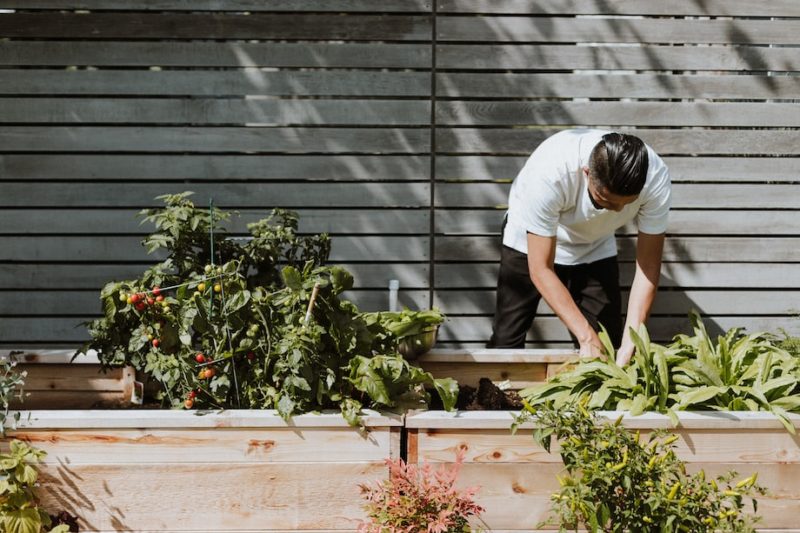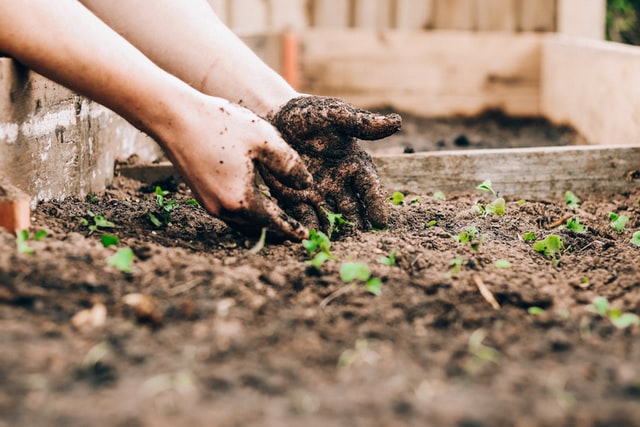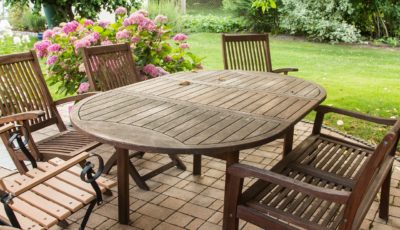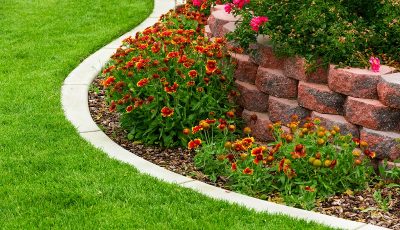Practices to Perfect for Your Yard and Garden Next Year
Do you want to have a stunning garden next year? If so, you need to start preparing right now. While gardening can be a rewarding and fulfilling hobby, it takes a lot of work and skill to get it right. To ensure a beautiful garden next year, you need to start practicing certain skills that will help you become a better gardener. In this article, we will discuss some of the practices you need to perfect to ensure your garden thrives next year.
Trimming Trees and Bushes
The art of trimming trees and bushes is essential for garden maintenance. Proper trimming not only keeps the plants healthy but also adds to the aesthetic appeal of your garden. It is essential to know when to trim and how much to cut. Improper tree trimming can damage a tree and even kill it. Some bushes need to be severely cut down regularly, but if you go too far, you can end up destroying them instead. You can start by learning to use pruning shears, loppers, and saws. Perfecting this skill will help you keep your trees and bushes healthy and attractive.

Proper Spacing of Plants
Whether you are planting vegetables or flowers, proper spacing is crucial. Overcrowded plants compete for nutrients, water, and sunlight, resulting in stunted growth. Proper spacing also allows air circulation, reducing the risk of diseases. Learn about the recommended spacing for the different types of plants you wish to grow and follow it. Space your plants to give them enough room to grow and thrive.
Knowing Which Plants Grow Well Together
Companion planting is a technique used by gardeners to pair plants that have a positive effect on each other. Plants may repel pests, attract beneficial insects, or provide extra nutrients. Pairing the correct combinations helps produce healthier plants, higher yields, and a more pest-resistant garden. For example, planting marigolds in between vegetables helps deter pests. Do some research on companion planting and start practicing it next year.
Recognizing When a Plant Needs More or Less Water
Knowing when to water your plants can be challenging, especially for beginners. Overwatering or underwatering can damage or kill your plants. Signs of overwatering include yellowing leaves, wilting, or root rot while underwatering can cause the leaves to wilt and turn brown. Observe your plants and check the soil moisture level daily. Most plants need to be watered when the top inch of soil is dry, but some plants may have different requirements. By perfecting this skill, you can ensure that your plants receive the right amount of water.
Soil Improvement
Soil is the foundation of a healthy garden. If your soil is poor, your plants won’t thrive. To improve your soil, you need to know its composition first. Soil can be sandy, clayey, or loamy. Each type has its characteristics; you need to adjust them by adding organic matter or fertilizers. Learn how to test your soil’s pH level and adjust it if necessary. Perfecting this skill ensures your plants receive the nutrients they need to grow strong and healthy.
Gardening is an art that requires patience, dedication, and skill. The more you practice, the more proficient you become. You can have a thriving garden next year by mastering the above skills. Remember that gardening is a process; there is always room for improvement. Start practicing these skills today, and you’ll be rewarded with a bountiful garden next year. Happy gardening!
Author Bio
Meghan Belnap is a freelance writer who enjoys spending time with her family. She loves being outdoors and researching new topics that help to expand her horizons. You can often find her buried in a good book or out looking for an adventure. You can connect with her on Facebook right here and Twitter right here.













